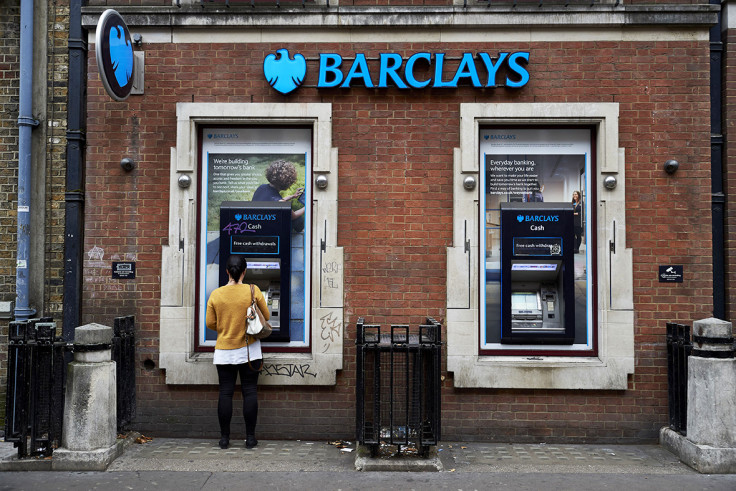Fifty years of the ATM: How long can cash survive in a digital world?
The amount of cash in circulation in the UK is worth £70bn, compared to £2.9bn when the ATM was first introduced.

The cash machine celebrates its 50th birthday today – but many say that even in a contactless world cash remains in demand.
The first 'hole in the wall' withdrawal was made by On the Buses TV sitcom actor Reg Varney at an Enfield branch of Barclays in north London on 27 June 1967.
As a tribute to the golden anniversary, Barclays has transformed the modern-day Enfield 'hole in the wall' into a gold machine.
The invention caught on quickly, as it transformed people's ability to manage their finances by giving customers access to cash outside bank branch opening hours.
There are now about 70,000 cash machines across the UK, and 176 million cards in the UK that can be used to withdraw cash at them.
These cards were used to withdraw a total of £180bn from UK cash machines last year.
But as the Bank of England's chief cashier Victoria Cleland points out reports about the "death of cash" are much exaggerated.
Cleland said: "Many people are surprised to learn that demand for cash continues to grow. The value of Bank of England notes in circulation peaked in the run-up to Christmas 2016, reaching over £70bn for the first time - an increase of 10% on a year earlier."
The resilience of cash
She added that when an Automated Teller Machine (ATM) was first used in the UK in 1967 there were only £2.9bn of notes in circulation.
The bank cashier adds that in Britain today 2.7 million people, or 5% of the population, rely almost entirely on cash to conduct their day-to-day business.
Cleland said that cash has retained its "resilience" because it is useful as a budgeting tool and is "vital" in maintaining financial inclusion.
But there is little doubt that over the last decade the growth on online shopping has hastened a leap forward in new kinds of payments.
Contactless cards, mobile payments over smartphones and emerging digital currencies are all eating into the dominance of cash.
A tough year for cash
Last year cash had a tough year. In the UK the number of payments made in cash fell 11% to 15.4bn billion between 2015 and 2016, said the Bank of England.
But the central bank added that in this period cash remained the most frequently-used payment method accounting for 40% of all payments and 50% of spontaneous transactions.
"There are simple reasons why we are moving to a cashless society, not just in the UK but across the world," said Sophie Guibaud, vice president of European expansion at German online lender Fidor Bank.
Guibaud added: "The cost of physical paper and coin cash - handling it, securing it, insuring it - is huge for banks and merchants."
But the Bank of England's Cleland believes cash will be with us for many years to come.
She said paper money is "extremely useful as a contingency as anyone who has tried to buy a cup of tea on a train with poor signal before".
She added: "It is often quicker than the alternatives, is universally accepted, there is immediate certainty the transaction has taken place".
Fifty years of using the hole in the wall
- As of 2015 there were 70,270 cash points in the UK, more than 52,000 of which were free to use.
- 48 million of us use cash machines and 89% use them at least once a month.
- In 2015 the amount of average withdrawal was £69.
- On average each cash machine dispensed £7,576 per day in 2015 - and that figure is on an upward trend.
- The daily record for cash withdrawals was £730m, which was set on 23 December 2016.
- 46% of cash machines are in supermarkets, shops and shopping centres, 27% are in banks and 4% in Post Offices.
- HSBC has the UK's busiest cash machine by Cambridge Circus in central London.
- The original cash machine was designed by Scottish inventor John Adrian Shepherd-Barron who came up with the idea of a machine dispensing cash, rather than chocolate bars, while in his bath.
- ATMs in temples in India let you make religious donations.
- Vatican City has the only ATM that gives instructions in Latin.
© Copyright IBTimes 2025. All rights reserved.






















